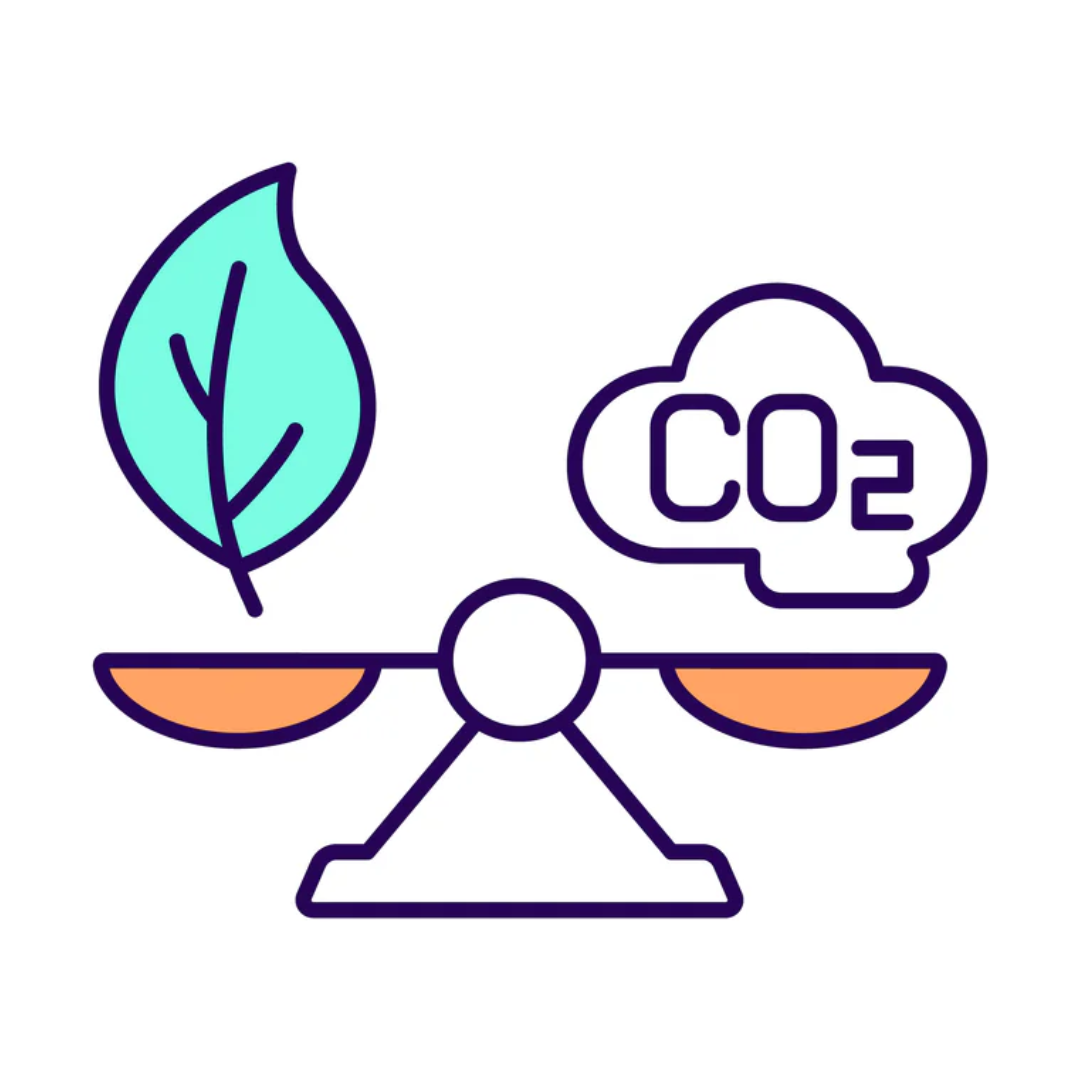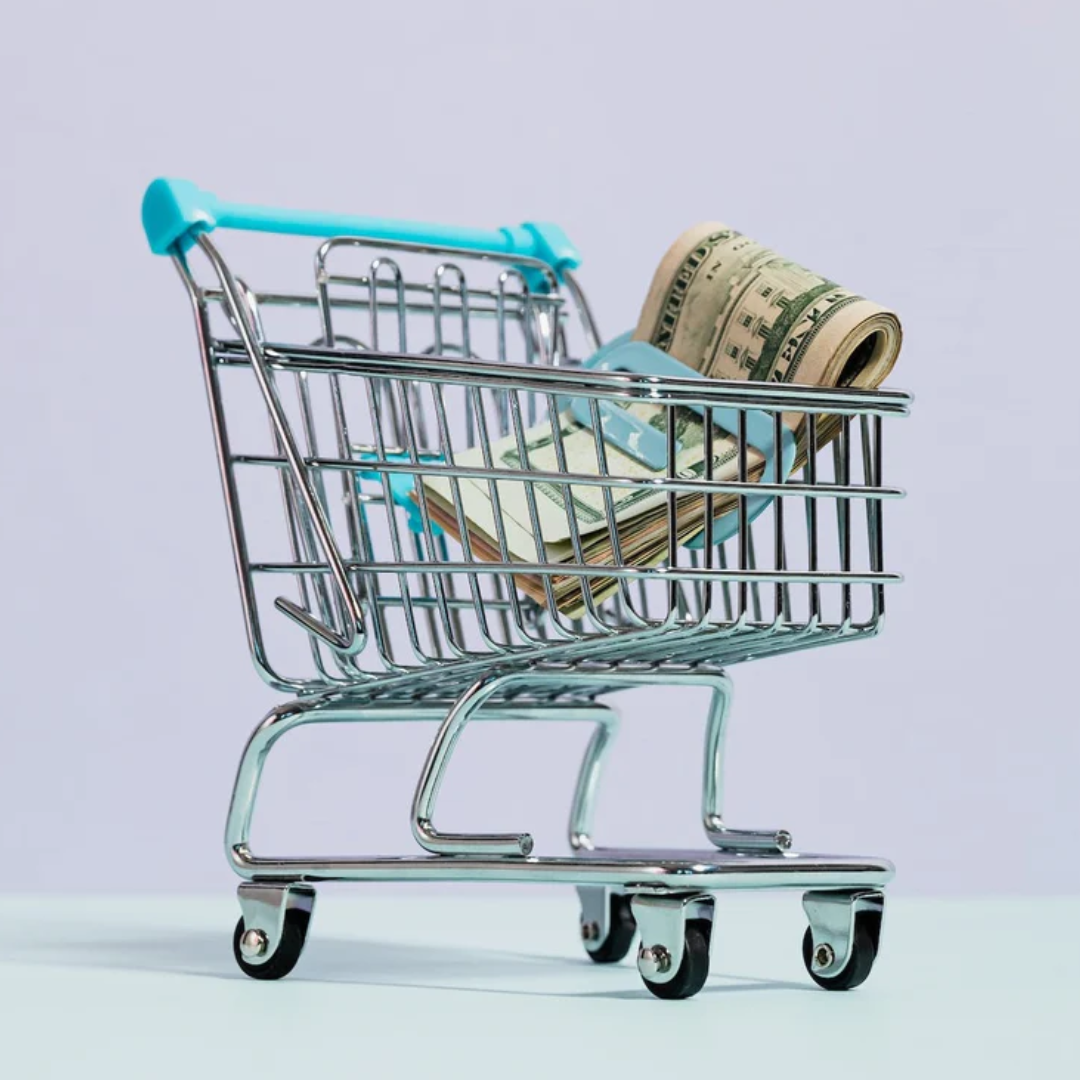Connecting Climate Change and Digital Tech
More and more companies are hopping on to the climate-cool bandwagon and putting green policies and eco-friendly practices in place. Being one step ahead of the game in the digital shopping realm, it makes sense that Shopify would apply its innovative outlook to other areas like the environment and carbon neutrality. But first, let's see what it means to be carbon neutral.
Defining Carbon Neutral: Carbon Basics
Every person, company, event, or product has a carbon footprint, which means the total greenhouse gas (GHG) emissions they generate. To be classified as carbon-neutral, the person, company, event, or product must balance the GHG emissions they release by removing an equivalent amount through other activities. More on that in this Wikipedia article.
For example, if you fly from New York to Okinawa, Japan, and back, you need to plant 11 trees to offset the carbon footprint of your flight. Is this interesting? Try this carbon calculator to do some nifty calculations, and begin finding ways to offset your personal or company’s footprint. Another idea is to support companies that take climate change seriously, including software and eCommerce companies.
You may ask, "How can software affect climate change?" and the answer is, as with most burning questions in the world, "There's an app for that." In this article, we're looking at how software can support the environment and exploring how carbon-neutral companies like Shopify help tackle climate change.
How Digital Tech Really Affects the Earth
Digital technology is the backbone of most intelligent solutions that support the environment. It's critical in deforestation efforts and carbon emission reduction. On the flip side, it is also contributing more and more to carbon emissions. The way software is designed and deployed will determine its impact on the environment. On its own, the software doesn't emit carbon emissions, and it doesn't consume energy.
However, software requires hardware to run on, and large amounts of data is needed to power resource-intensive software systems. In turn, data centers are driven by vast amounts of energy. Because of this massive energy requirement, some technologies are accelerating environmental degradation.
An article in Tech Target addresses how training advanced AI systems and deep learning models are dependent on high-powered GPUs running for days at a time. But this doesn't mean that all digital technologies are guilty. Some tech companies are making it their mission to contribute to reversing climate change. Others are creating carbon-neutral software, making it possible for companies to use it as part of their sustainability efforts.
How Can Software be Carbon Neutral?Shopify is carbon neutral and has a robust long-term plan to promote sustainability. We love that this plan is geared to evolve and that the company is tackling the issue in several ways. You can read more about Shopify’s strategy and projects on its environment page where you’ll find more information on activities, sustainability reports, and so much more.
In short, here are the five main climate-friendly projects:
A Carbon-Neutral Platform for eCommerce
Climate activists know that data centers are a significant source of carbon emissions that contribute to climate change. From 2018 Shopify decommissioned all its data servers and instead shifted to Google Cloud. Since Google matches 100% of the energy consumed by Google Cloud with renewable power, Shopify became carbon neutral.
Carbon-Neutral Operations
Since 2019, Shopify has used green energy for climate control in all its buildings. They've acquired enough renewable power to offset their entire gas and electricity carbon footprint in Canada. They buy verified carbon offsets to offset the company's travel-related emissions, which is five times the operational footprint.
It's important to note that buying carbon offsets is not a replacement for reducing the company's carbon footprint, and it's merely the last resort to compensate for the carbon emissions they can't avoid as yet.
LEED-Certification
Most of the office space occupied by Shopify is LEED Gold or Platinum-certified, which means the buildings prioritize energy efficiency, water savings, and sustainable development practices.
Offsetting Deliveries
In early 2020, Shopify rolled out options for traders and shoppers to offset carbon emissions from order deliveries. It includes the Shop app that allows merchants to opt-in to offset the carbon footprint of their deliveries and the Offset app that ensures that delivery emissions of every order bought.
The Shopify Sustainability Fund
Shopify spends a minimum of $5 million every year fighting climate change through impactful solutions and technologies. They are actively fighting for carbon removal and share their discoveries and investments with the public.
It's also straightforward to use other carbon-neutral cart apps with Shopify, like:
EcoCart
EcoCart is a free app located in the cart and is not part of the checkout process. Shoppers will see they have an option to make their order carbon neutral by adding only 1% to 2% to their order. It only goes to projects that have been triple-verified as being truly beneficial to the environment.
EcoCart also works to improve conversion. If the environment is essential to the shopper and they see an option to offset their order in the cart, they're more likely to go through with the purchase. Store owners can also opt to pay offsets on behalf of shoppers, making it even easier to make a positive impact.
Beamimpact
Beamimpact is another free app that makes it easy for shoppers to contribute to climate change initiatives. Shoppers simply buy as they usually would. They will then get a notification to select a non-profit of their choice. The brand donates part of the total cost to the cause. With every donation, the shopper can track their individual contribution to climate-friendly goals and see the impact they're making along with other contributors.
How to Select a Carbon Offset Partner for Your eCommerce Store
If you've been looking into carbon offset partners, you may have heard that some of them are scams, giving legitimate companies major credibility issues. This article in Quartz makes some valuable points about the risks associated with irresponsible carbon offset partners.
If you're looking for pointers on how to select carbon offset partners for your online store, or you want to ensure that Shopify and its partners are not falling for scams, this could help. Shopify has some firm principles in place when choosing partners:
-
It's an additional offset - The offset has to result in a reduction of emissions that would not have happened otherwise. This means that investments should be limited to projects that are not already protected, like some national parks.
-
It should be permanent - It can't be something that puts a short-term plaster on. Offsets have to be stored over the long-term, preferably forever.
-
The offset is verifiable - A good offset should do what it's meant to do, and it should be straightforward to monitor and verify this.
- It is scalable - The projects should be able to scale and get results fast without being dependent on manual processes that are time and resource-intensive.
Above all, the solution must align with your company's mission. But this is not always easy to determine. To ensure your carbon offsetting efforts go to the right place, consider working with a company that's on the same page as you but has already done the legwork, like Shopify and Shopify Experts.
So, is Shopify Really Carbon Neutral?
As far as possible, yes. Shopify is also on a mission to launch more initiatives in the future and works with merchants worldwide who feel the same about the environment. It's essential to work with people who are aligned with the company's mission.
Carbon offsetting is not the solution, but it's an excellent tool to help mitigate climate change. Nobody can solve these challenges alone, but if every person and every company does their best to lower carbon emissions, it is easier to affect positive change for all.
If this is too much to download, or you need help implementing solutions to make your online store more carbon-friendly, talk to the Shopify Experts at TVP. One of the driving factors behind working with Shopify is its strong stance on carbon neutrality and the environment. If you feel the same as us about our planet, we'd love to be part of your sustainability journey.




